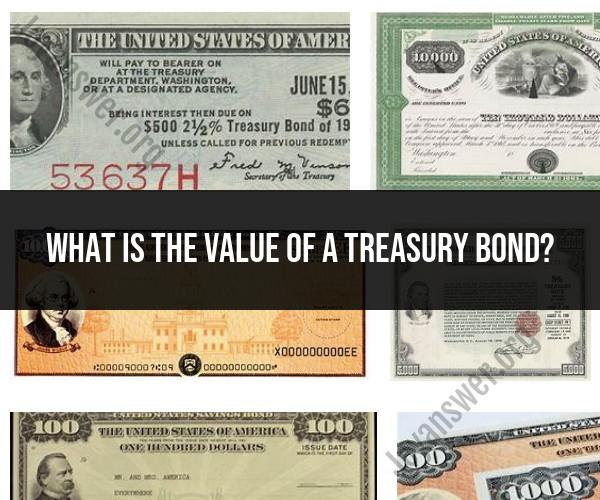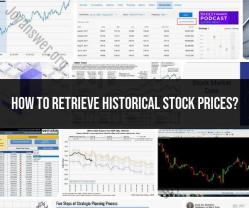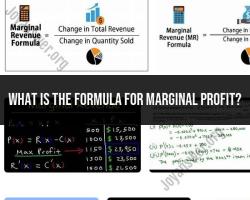What is the value of a Treasury bond?
The value of a Treasury bond, also known as its "bond price" or "market price," is the current market value at which the bond can be bought or sold in the secondary bond market. Treasury bond prices fluctuate based on a variety of factors, including changes in interest rates, the bond's coupon rate, and the time remaining until the bond matures. Here are some key points to understand about Treasury bond value:
Coupon Rate: Treasury bonds typically have a fixed interest rate, known as the coupon rate, which is set when the bond is issued. The coupon rate is used to calculate the bond's periodic interest payments.
Par Value: Treasury bonds have a par value or face value, which is the amount the bondholder will receive when the bond matures. For U.S. Treasury bonds, the par value is usually $1,000.
Interest Payments: The coupon rate determines the annual interest payment the bondholder receives. For example, a bond with a 3% coupon rate and a par value of $1,000 would pay $30 in interest annually.
Yield: The bond's yield is the effective interest rate an investor earns based on the bond's current market price. As bond prices change, the yield can fluctuate. If the bond is trading at a discount (below par value), the yield will be higher than the coupon rate. If it's trading at a premium (above par value), the yield will be lower.
Market Price: The market price of a Treasury bond can vary from its par value. Bonds may trade at a premium, meaning the market price is higher than par, or at a discount, meaning the market price is lower than par. Factors such as changes in interest rates and economic conditions influence the market price.
Interest Rate Changes: When interest rates in the broader economy rise, the market price of existing bonds tends to fall because newly issued bonds offer higher yields. Conversely, when interest rates fall, existing bonds may see their prices rise as their fixed interest payments become more attractive.
Maturity Date: Treasury bonds have a fixed maturity date when the par value is paid to the bondholder. The closer a bond is to its maturity date, the less its market price is affected by interest rate changes, and it tends to trade closer to par value.
Inverse Relationship: There is an inverse relationship between bond prices and interest rates. When interest rates rise, bond prices generally fall, and when interest rates fall, bond prices generally rise.
To determine the current value of a specific Treasury bond, you can consult financial news sources or use financial calculators or software that provide bond pricing information. The price you pay or receive for a Treasury bond in the secondary market will depend on the prevailing market conditions and the bond's specific characteristics.












